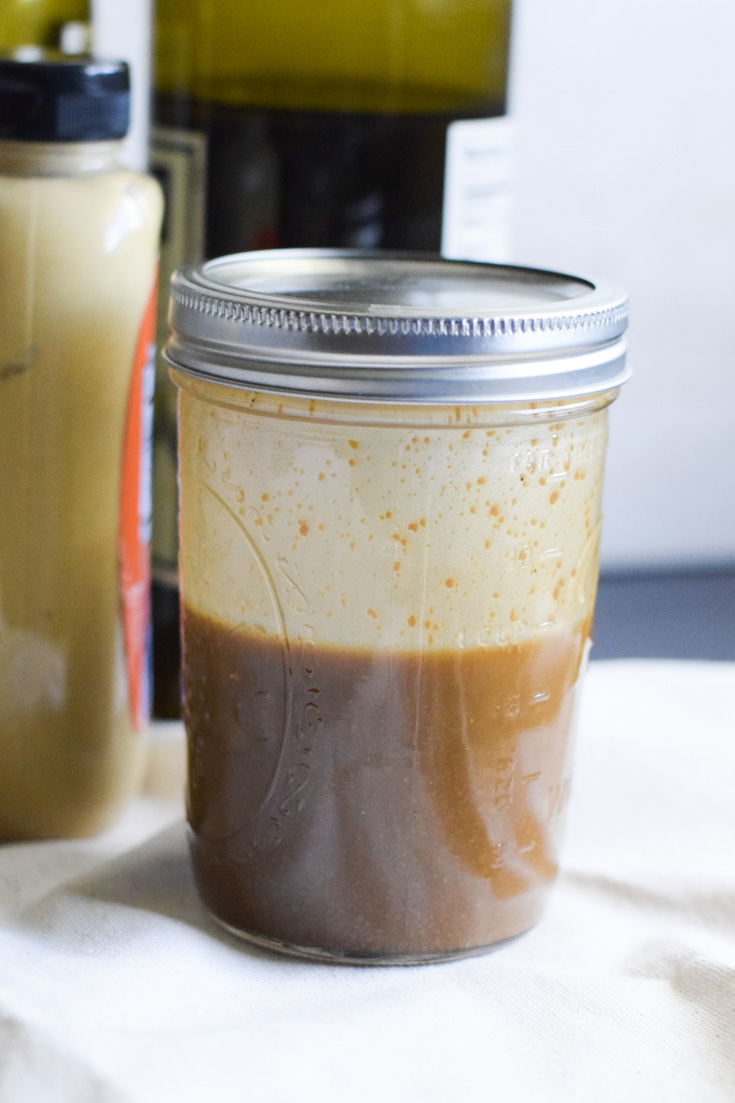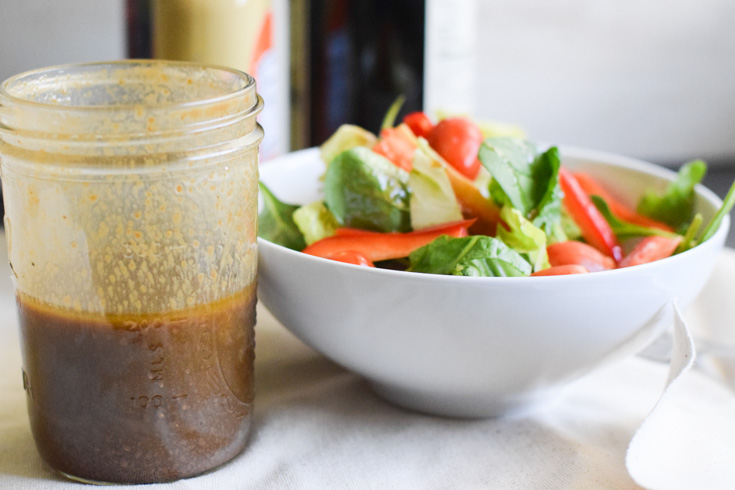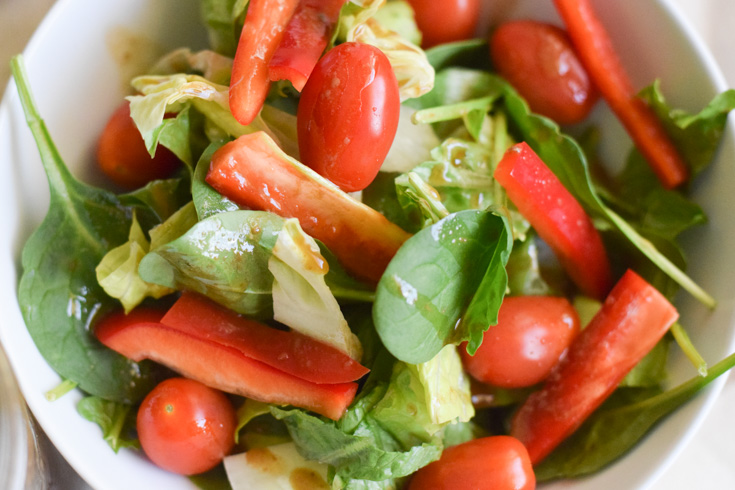One of the best things you can do for yourself to be a better cook is learn a few basic recipes or processes. This is true for seasoned professionals, long time home cooks, novices who are just learning, or people who really don’t enjoy cooking but are trying to cut back on eating out for one reason or another. Once you learn how to make some of the most basic foods (or foods that you eat often and enjoy), you can build on those skills to make more complicated items, to tailor any recipe to suit your personal preferences, or even to create your own recipes.
Think of it this way: when you were in school, first you learned the alphabet. Then you learned how to read and write your name and other small words. Then bigger words and sentences. Questions. Exclamations. Clauses. Prepositions. Eventually you could take all of these skills and write papers. Some people can even write whole books!

Cooking is a lot like that. While you can easily skip some of the basics and be a pretty good cook, a better understanding of the little things can lead to better food in the long run. I’m not saying learn all the things they would teach in the first semester at Le Cordon Bleu, but master (or at least learn about) how to properly cook your favorite proteins, sauces, and baked goods and you will be well on your way to better meals.
I learned a lot of the basics from my mom and grandmother. Others I picked up from watching Julia Child at a ridiculously young age, and then later on Bobby Flay, Ina Garten and others. I often turn to cookbooks for understanding as well. My favorites being this one and this one for their thoroughness and clear instructions.
I assume at this stage in the post you’re asking this simple question: What’s your point?
Well, my point is, I am going to be posting some super basic recipes here so that you can use this website in much the same way I use my favorite cookbooks: to gain a basic understanding of the why and how of a recipe or technique so that you can transform it any way you like.
I’m starting with a simple balsamic vinaigrette. Why? Because I firmly believe that you should not buy salad dressing at the grocery store. They are too simple to make at home, usually quite a bit cheaper and way more delicious. We’ve already covered ranch dressing, and I stated in that post that you can change that recipe in any number of ways to fit your preferences for flavor and texture. This basic balsamic vinaigrette is very much the same.

I only use dijon, vinegar, oil, salt and pepper in this recipe, but additions such as shallots, garlic, and fresh herbs are always welcome. I follow the traditional ratio of 3 to 1 oil to vinegar in this recipe. If you’re not a math person don’t freak out about that ratio. It simply means for every one part vinegar, use 3 parts oil. For example, in this recipe I make a cup, or 1/4 cup vinegar and 3/4 cup oil. The dijon is there to keep the dressing from separating quite so quickly (also known as an emulsifier), give it body, and provide some extra flavor. This exact dressing can be made with white or red wine vinegar as well.
I use this dressing on salads (duh), as a marinade or sauce for chicken, on roasted tomatoes and mushrooms. The sky is the limit. If you do like I did, and measure everything into a mason jar or other container with a tight lid, you can just put the lid on and shake it up, no added dishes.
Let me know in the comments what you do to jazz up your dressing and what crazy things you put it on!

- 2 tablespoons dijon mustard
- ¼ cup balsamic vinegar
- ¾ cup extra virgin olive oil
- Optional additions: shallots, garlic, herbs such as parsley, thyme, or rosemary
- Put all the ingredients in a container with a tight fitting lid and shake, shake, shake. Serve on salads, roasted vegetables, use as a marinade or sauce for chicken or other meat. Store in the refrigerator.
Note: Some of the links in the post above are affiliate links. This means if you click on the link and buy something I could make some money. I only link to products I use and trust.